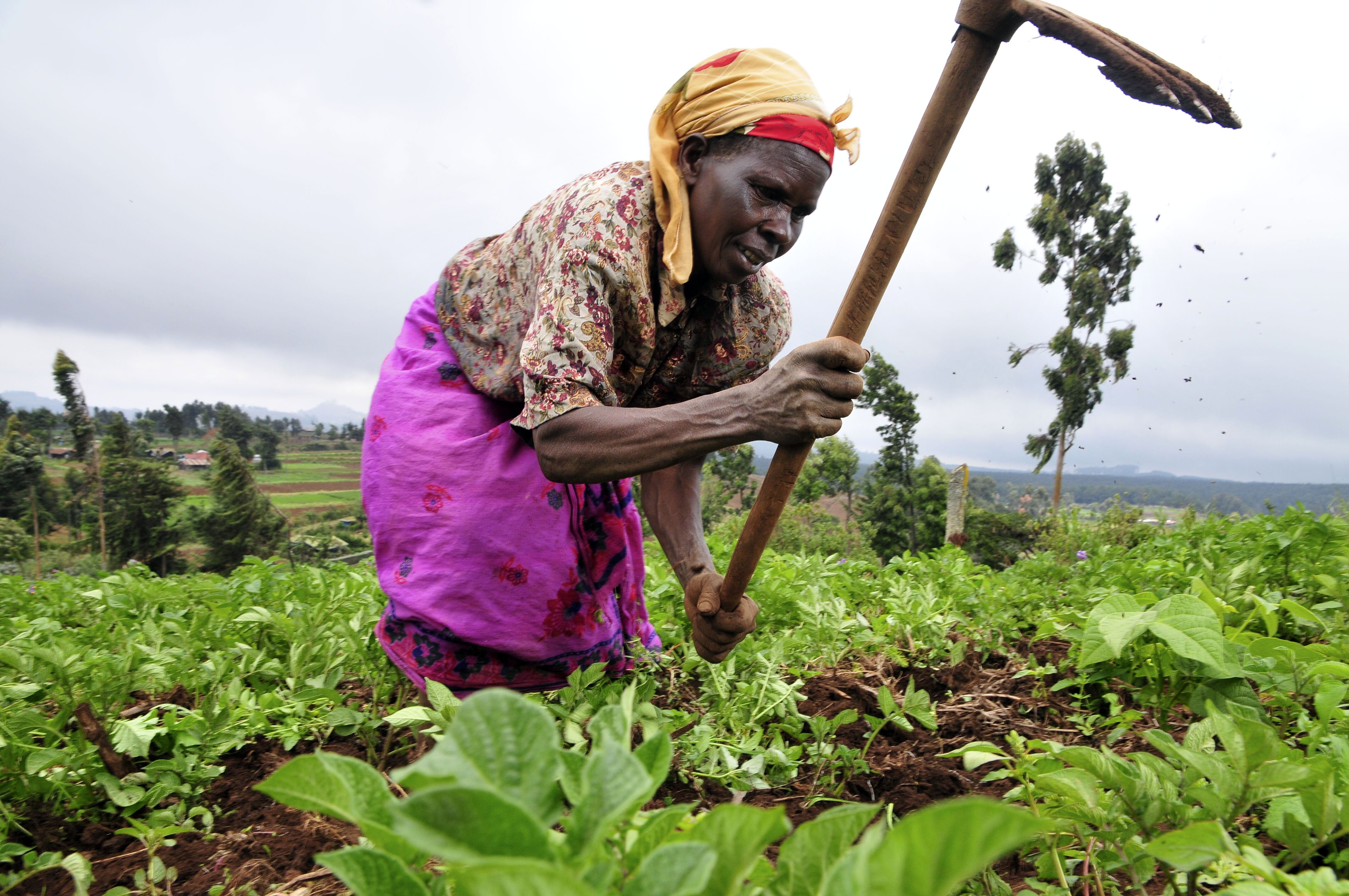
Nolitha Nkobole-Mhlongo
University of South Africa
On a hot Eastern Cape day, my mother would stoop in the garden collecting imifuno for our midday meal. There are many types of imifino, which is an indigenous leafy vegetable, but the ones where we lived grow up to hip-height with succulent green leaves. Sometimes my aunt would join her and they would pluck the leaves and collect them in a plastic bag.
Growing up, many of our lunches consisted of maize-based pap and imifino. My sister and I used to dread coming home for a school lunch break only to be greeted with this traditional meal. But our elders seemed to enjoy it. Most parents could not afford to buy bread, milk, sugar and other luxuries. They bought a sack of mealie-meal – large enough to last for an entire month – and relied on home gardens for relishes.
The peoples of southern Africa harvested and consumed traditional vegetables long before the introduction of exotic vegetables such as cabbages and spinach.
Imifino is still unpopular among young people, for whom it is seen as old-fashioned and backwards. But these green leafy vegetables that grow abundantly in forests and along roads and river banks could address the hidden hunger afflicting South Africa’s people. Although people may consume enough calories, they do not get sufficient nutrients such as vitamin A, iron and iodine. This can lead to chronic disease, as well as stunting in children.
South Africa faces severe food crises on a number of different levels. The recent drought has pushed up food prices, putting diverse and nutritious diets even further out of reach for many South Africans. Poor households in the country cannot afford to consume healthy diets, because nutrient-rich foods such as meat, fruits and vegetables are too expensive. Most of these households tend to rely on cheap carbohydrate-rich foods such as mealie-meal.
According to an Oxfam report published in 2014, entitled “Hidden Hunger in South Africa: The Faces of Hunger and Malnutrition in a Food-Secure Nation”, “Rising prices are pushing people into hunger, with the poorest income groups spending nearly 50% of their incomes on food, and another 19% going on housing, electricity and transport. Commodity prices for maize have increased by 50% in a year and electricity prices have rocketed by over 200% since 2010, forcing people to make stark choices between food and energy.”
But traditional vegetables contain many essential nutrients and could bolster people’s daily nutrient intake. In some cases, these indigenous vegetables, such as imifino, contain higher levels of magnesium, an essential nutrient that strengthens the immune system than spinach and cabbage. And indigenous vegetables are readily available in many rural parts of KwaZulu Natal, Eastern Cape, Limpopo and the North West province, where there are high levels of poverty.
Because they are indigenous to the region, imifino does not require the expensive fertilizers that exotic cultivated leafy vegetables, such as cabbage and spinach, do. They also need less water. Researchers predict that southern Africa will see more extreme weather events, such as longer and more severe drought, as the climate changes. This means that farmers may have to turn to traditional vegetables, which have developed the ability to withstand extreme conditions and require fewer expensive inputs.
Also, if we do not recognise the importance of imifino and traditional vegetables, knowledge about their cultivation and use could be lost.
Despite the great benefits of eating traditional vegetables, many people in South Africa reject the wisdom of their grandparents. There is a decline in the use of these vegetables, and a major reason is that imifino is often considered primitive or backward. People also associate consumption of these leafy green vegetables with poverty, and modernity with processed foods. As a result, communities in the rural areas shy away from incorporating indigenous traditional leafy vegetables in their diets, if they can afford to.
With its high level of poverty and the increased pressure on farmers as the world’s climate changes, we need to find a way to bring traditional leafy green vegetables back onto family tables. They offer South African households food security and are cheap means of battling the hidden hunger affecting millions of South Africans.
This is why institutions such as the Agriculture Research Council are educating farmers about the benefits of cultivating traditional vegetables, but the success of popularising the vegetables will depend on whether consumers see them as the valuable commodity that they are.

Leave a Reply